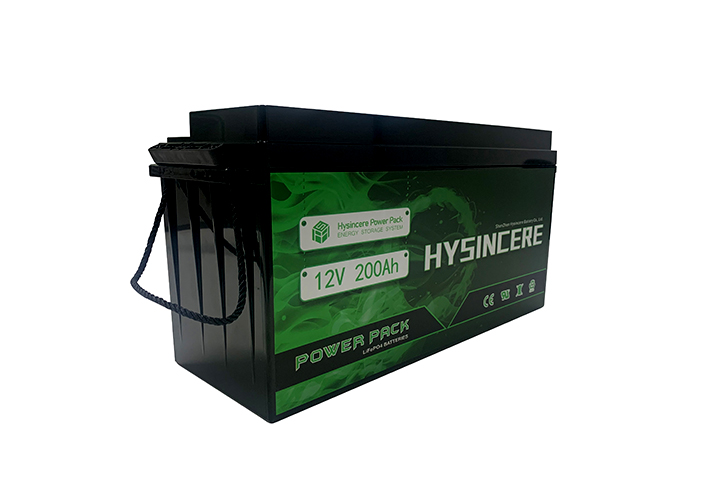source:other news
release time:2023-02-02
Hits:0
Popular:

The SOC adjustment of the battery pack refers to the one-time adjustment of the battery pack before its first use. This process requires at least one complete battery pack to discharge, and then a complete charge. After that, small changes caused by soft short circuit can be eliminated by performing an imprecise equalization procedure only once during charging.
The equalizing current of the battery pack is maximum during the initial adjustment. Generally, the internal resistance of 18650 lithium ion battery is about 100 Ω. A simple way to judge whether adjustment is required is: if the capacity of Cell3 1 is 15% higher than that of Cell2 2 and Cell3 3 after full charging, and Cell2 2 and Cell1 3 are matched, adjustment is required. In the adjustment process, the load is removed, and the paths R1+T1 are disconnected to discharge Cell1. At this time, the battery is 4.2V, and the current flowing through the 42 Ω equalizing resistor is 100mA. The on resistance of the transistor is usually less than 1 Ω, which can be ignored. The power consumption on the resistance is 0.42W:
420V/0.100A=(R1+RT1)=42Q Pdispersion=lV=0.100Ax420V=0.42W If a 2000mAh battery pack is used in the adjustment process and the discharge lasts for three hours, 300mAh is consumed from Ce1, and 15% of the imbalance can be corrected. If a high-capacity battery pack is used, the required equalizing current and charge/discharge cycle will increase accordingly. Assuming that the battery pack is 600mAh and the equalizing current is still 100mA, the 5% imbalance can be corrected after the battery pack is discharged for 3 hours.
The next step is to charge the battery pack and still turn on T1. At this time, the charging current of Cell 1 is 100mA less than that of other batteries. If the charging time is also 3 hours, the charging capacity of other batteries is 300 mAh more than that of Cell1, achieving 10% charge/discharge correction.
If the adjustment time is long enough, we can use multiple charge/discharge cycles to correct more SOC deviation, or use lower equalizing current to adjust (reduce power consumption). The battery can be equalized in the middle state of charging, rather than being discharged completely, but this will reduce the total equalization time.
Precautions for battery pack equalization
Pay attention to the following issues when equalizing the battery during discharging and charging:
a. Equalize the battery during discharge
1. Battery equalization during discharge will consume unused power. When the battery is equalized during the adjustment process, these power consumption will not affect the working time of the system. However, if the system is working while discharging, battery equalization will cause many problems.
2. It takes a long time to equalize the battery during discharge. Because the discharge speed is related to the load resistance, the efficiency of balancing is low when the system is working.
3. If the equalization is carried out during the discharge and the equalization time is expected to be short, it is necessary to connect an external power transistor with small on resistance, which is very common, such as MOSFET or FET.
4. If you want to quickly equalize during discharge, you must connect the low resistance resistor in series with the power transistor to reduce the power consumption of the power transistor. Without this current limiting resistor, the transistor will quickly consume battery power. When the FET conduction resistance is 100 Ω (this resistance is common) and the battery voltage is 4V, the transistor will generate 160W power consumption, and the transistor will be destroyed as quickly as a fuse.
Read recommendations:
solar energy storage batteries wholesale
21700 3.7V Lithium Ion Battery 4800mAh 3C
Choosing the Best AGM Golf Cart Battery: A Guide to Performance and Longevity
How long will the lithium polymer battery be scrapped

Last article:How to assemble power deduction to achieve repeatable full battery performance?
Next article:UAV intelligent battery knowledge popularization
related suggestion
lithium deep cycle marine battery price
2023-03-22solar energy storage batteries wholesale
2023-04-07deep cycle marine battery direct sales
2023-03-20deep cell marine battery Processor
2023-03-20dual purpose marine battery Vendor
2023-03-20dual purpose marine battery Factory
2023-03-20portable battery generators
2023-05-08best solar generator for home backup
2023-05-08lifepo4 battery 12v 100ah
2023-05-08solar generator kits
2023-05-08best solar generator
2023-05-08best trolling motor battery
2023-05-0812V 400Ah LiFePo4 Lithium Replacing Lead-acid Battery Pack
2023-06-21High Voltage 20kwh 30kwh 40kwh 100kwh Lithium Ion Battery 192V 380V For Solar Energy Storage System
2023-02-09100kwh Lithium Iron Phosphate Battery Rechargeable 380V For Solar Energy Storage
2023-02-1476.8V 26Ah LiFePO4 Battery for Electric Motorcycles Scooter Tricycle Rickshaw
2025-05-21Customize Lipo Battery Cell Pack
2025-04-10Can a Solar Generator Run a Space Heater? An Expert’s Guide
2022-09-08Maximizing Golf Cart Performance: The Superiority of 72V Lithium Batteries
2025-03-17Unveiling the Power of the Samsung 30Q 18650 Battery
2025-03-21Optimizing Power Solutions: A Guide to 12V Batteries for Diverse Applications
2025-03-18The difference between lithium battery and lead -acid battery.lithium batteries for boats Manufacturing
2023-03-28Introduction to the main part of the lithium battery protection board.lithium ion golf cart batteries Factory
2023-04-24Prosperity of solar lithium battery
2023-02-25The Application of Lithium Batteries in Electric Vehicles.solar powered electric generator
2023-08-12This kind of battery in China can "self repair" after short circuit
2022-12-08The majority of lithium batteries used in communication base stations are 48V lithium iron phosphate?
2022-11-09